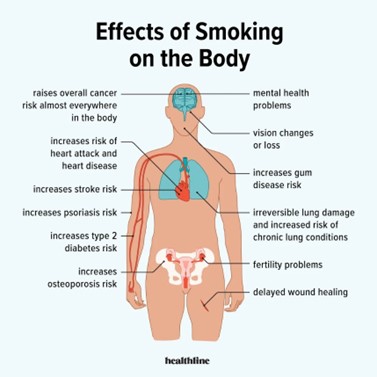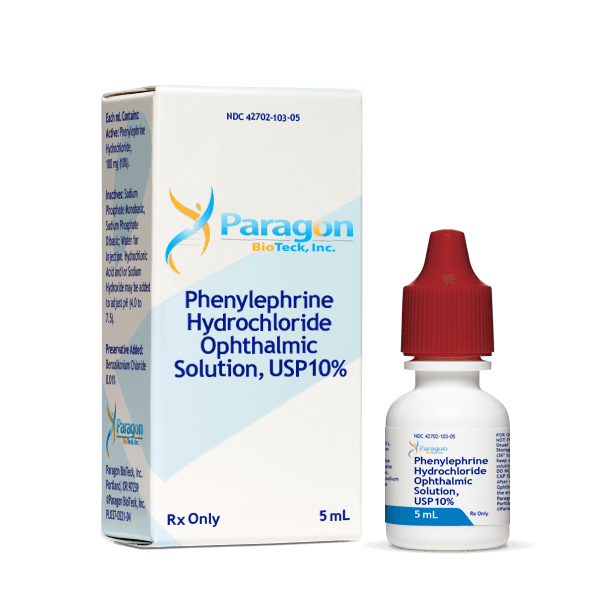A nurse is caring for an older adult client who tells the nurse, "I have smoked one pack of cigarettes every day for the last 60 years." Which of the following actions should the nurse take next?
Ask what the client knows about the effects of smoking.
Work with the client to establish a quit date.
Suggest that the client use nicotine gum to facilitate quitting.
Refer the client to a local smoking cessation program.
The Correct Answer is A
If a nurse is caring for an older adult client who tells the nurse that they have smoked one pack of cigarettes every day for the last 60 years, the next action the nurse should take is to ask what the client knows about the effects of smoking. This will help the nurse assess the client's knowledge and understanding of the risks associated with smoking and provide an opportunity for education.
Option b is incorrect because working with the client to establish a quit date is important but not the next intervention.
Option c is incorrect because suggesting that the client use nicotine gum to facilitate quitting is important but not the next intervention.
Option d is incorrect because referring the client to a local smoking cessation program is important but not the next intervention.

Nursing Test Bank
Naxlex Comprehensive Predictor Exams
Related Questions
Correct Answer is A
Explanation
The correct answer is that the client should press the inner corner of their eye after inserting the drops. This technique is called punctal occlusion and it helps to prevent the eye drops from draining into the tear duct and being absorbed by the rest of the body. This can increase the effectiveness of the eye drops and reduce potential side effects.
Options b, c and d are not correct statements by the client that indicate an understanding of how to self- administer an ophthalmic solution. Raising the eyelid up while looking down to insert the drops, keeping eyes closed for 5 minutes after inserting the drops and inserting the drops in the center of each eye are not recommended techniques for self-administering an ophthalmic solution.

Correct Answer is D
Explanation
When a nurse receives a new prescription over the telephone from a client's provider, the first action the nurse should take is to write down the complete prescription. This ensures that the nurse has an accurate record of the prescription and can refer to it when administering medication or providing care.
Option a is incorrect because documenting the prescription as a telephone prescription in the medical record is important but not the first action.
Option b is incorrect because reading back the prescription to the provider is important but not the first action.
Option c is incorrect because ensuring that the provider signs the prescription is important but not the first action.
Whether you are a student looking to ace your exams or a practicing nurse seeking to enhance your expertise , our nursing education contents will empower you with the confidence and competence to make a difference in the lives of patients and become a respected leader in the healthcare field.
Visit Naxlex, invest in your future and unlock endless possibilities with our unparalleled nursing education contents today
Report Wrong Answer on the Current Question
Do you disagree with the answer? If yes, what is your expected answer? Explain.
Kindly be descriptive with the issue you are facing.
